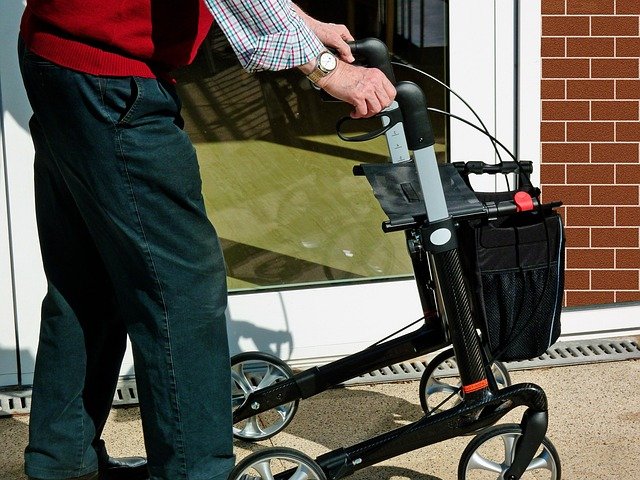Medical Alert Services: Guide to Devices and Monitoring
This article explains how medical alert services work, what features to check, and how they connect with healthcare professionals and local services. It covers common device types, monitoring options, and practical considerations for seniors and their families. The goal is to simplify choices and clarify how an emergency button and service plan can support independence and safety without making medical recommendations. This article is for informational purposes only and should not be considered medical advice. Please consult a qualified healthcare professional for personalized guidance and treatment.

What is a medical alert device?
A medical alert device is a wearable or home-based unit that connects a user to a monitoring center or preselected contacts when help is needed. Typical devices include pendants, wristbands, and base stations that use cellular, landline, or Wi‑Fi connections. Many systems pair with mobile apps and GPS so responders can locate the user. For seniors who live alone or have chronic conditions, these devices provide a straightforward way to request assistance quickly, especially when mobility is limited.
Medical alert devices vary in range, battery life, and connectivity. Some devices are designed primarily for in‑home use and provide a base station with two-way voice, while others are mobile, offering fall detection and GPS tracking for use outside the home. Choosing a device involves balancing the need for mobility, battery longevity, detection accuracy, and the type of monitoring service you prefer.
How do services support a senior at home?
Monitoring services generally operate in one of two modes: professional monitoring or self‑monitoring. Professional monitoring connects the device to a staffed emergency response center that answers calls and coordinates help. Self‑monitoring routes alerts to family members or caregivers via text, call, or app notification. Both models can notify emergency services if needed, though response workflows and verification steps differ.
For seniors who prefer not to rely solely on family availability, professional monitoring offers continuous coverage and trained operators who can assess situations and dispatch help. Families should review response times, language options, and escalation procedures when evaluating local services. Also consider whether the monitoring provider offers integration with healthcare providers or care coordination services.
What features help the elderly stay safe?
Key features for elderly users include an easy‑to‑press emergency button, water resistance for wearables, long battery life, and reliable connectivity. Fall detection sensors can automatically trigger an alert when a sudden movement suggests a fall, though these sensors can produce false positives and should be considered one part of an overall safety plan. Two‑way voice capability allows a user and operator to communicate directly through the device or base unit.
Other helpful features are medication reminders, automatic location sharing, and compatibility with home automation (like smart locks or lights) to assist responders. Accessibility is important: large buttons, clear audio, and simple setup make devices more usable for seniors with limited dexterity or hearing changes. Evaluate how easy it is to charge, test, and maintain the device over time.
How does an emergency button work with healthcare response?
An emergency button sends a signal—usually via cellular or landline—to a monitoring center or prearranged contacts. The monitoring operator follows defined protocols: attempt voice contact, determine the nature of the emergency, and dispatch emergency services or notify family members. When systems integrate with healthcare records or care coordinators, they can share relevant information to help responders prioritize care.
For healthcare integration, protocols may vary by provider and region. Some systems allow a caregiver or healthcare professional to receive event logs or alerts, which can inform follow‑up care decisions. It’s important to verify data privacy, consent, and the mechanism used for sharing information with healthcare teams before enrolling in a monitored service.
How to choose local services and monitoring options
Choosing the right service involves assessing reliability, technical specifications, monitoring hours, and customer support. Check signal options (cellular vs. landline), contract terms, trial periods, and the provider’s process for false alarms. Ask about battery life, device replacement policies, and whether the service has experience working with senior populations or healthcare partners in your area.
Also consider who will receive alerts and how they will be escalated. Some families prefer professional monitoring for overnight coverage, combined with app‑based notifications for daytime caregiver coordination. When possible, test devices in the home layout to ensure coverage. Review privacy practices and confirm how data will be used and stored.
Conclusion
Medical alert services and devices can add a layer of safety for seniors and elderly people who want to remain independent while retaining access to quick assistance. Understanding device types, monitoring models, and key features like an emergency button and fall detection helps families choose solutions that match daily routines and healthcare needs. Consider technical reliability, monitoring workflows, and local services when evaluating options, and consult healthcare professionals for personalized recommendations.






